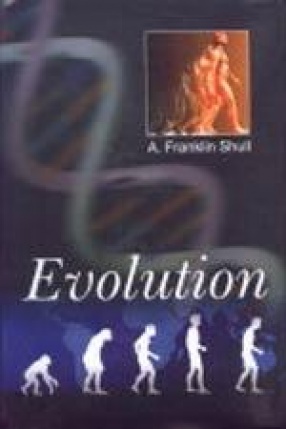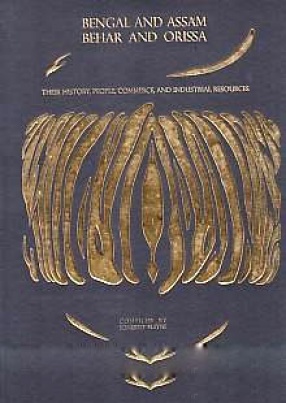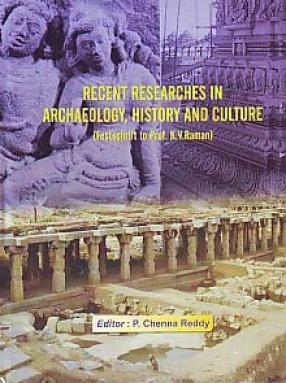The early chapters giving the classical types of evidence for evolution are included be cause students are the presumed audience. It is not that present-day students need to be convinced that evolution has happened, for with are exceptions they hold that view already. It is merely that they should know why they hold it. In this age too many people have opinions whose bases are not clear to them. These evidential chapters have been moderately changed. The treatment of geographic distribution has been expanded to include operations on a continental or world-wide scale, with examples of the resulting phenomena. The paleontological evidence has been recast to make more direct and emphatic the bearing on evolution theory of trees of evolution of such animals as the cephalopods, the horse, camel, and elephant. Where number of fossil species are involved, these have been changed to reflect the increase of paleontological knowledge. Numerous smaller changes have been introduced throughout these chapters. The history of the evolution idea in the first chapter should help in attaining an understanding of present attitudes on certain problems. The author confesses to some doubt as to what were really evolution ideas in those early centuries, as distinguished from those that can merely be made to look evolutionary now. Human interest has led to the expansion of the origin of man to form a separate chapter. It also helped to justify the chapter on organization of human and other animal societies. A more important reason for the discussion of societies was, however, to disabuse students’ minds of a very common impression that biological evolution and societal evolution are one phenomenon — which, in man, they mostly are not. Man’s egocentrism likewise led to a brief discussion of mutation caused by atomic energy and to some scattered animadversions on human mental processes, moral attitudes, and political proclivities.
Evolution
In stock
Free & Quick Delivery Worldwide
Bibliographic information
Title
Evolution
Author
Edition
2nd ed.
Publisher
J.V. Publishing House, 2008
ISBN
8188818259
Length
x+322p., Figures
Subjects





There are no reviews yet.